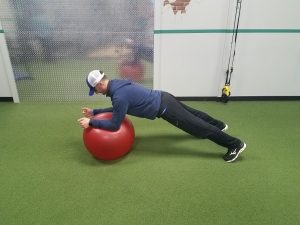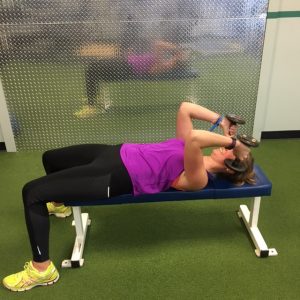There are so many wonderful things nature brings us in the form of nutrients that one can feel overwhelmed when looking for the right snack. There are many choices when picking the right snack but with a little creativity you can find the perfect one for you! Maybe you like yogurt, but should you get the low fat yogurt, the plain yogurt, the Greek yogurt, or the one with all extra toppings?
Let’s talk about the facts. Typically many people when shopping in the dairy section are conflicted between choosing from Greek yogurt or regular yogurt. With the rise in popularity, Greek yogurt has become a staple in many homes and rightly so! Compared to regular yogurt, Greek yogurt has more protein and less sugar than its competitor leaving you fuller. On the other hand, regular yogurt typically contains twice the amount of calcium which is an important bone strengthening mineral. Regular yogurt is typically a cheaper price because its competitor requires more milk going into each cup.
SERVING: 1 cup (nonfat) GREEK REGULAR
Calories 133 137
Total fat (g) 0 0
Sodium (mg) 81 189
Total Carbs (g) 8 19
Sugars (g) 7 19
Protein (g) 23 14
Calcium (mg) (%DV) 248 (25%) 488 (49%)
Potassium (mg) (%DV) 317 (9%) 625 (18%)
Yogurt can be a wise healthy choice regardless of whether you choose to purchase Greek or regular. The high protein content of Greek yogurt makes a filling snack while still being low in calories. Both varieties have protein, calcium and probiotics (which help to keep your gut healthy and happy). Make sure when buying any yogurt you avoid flavors or toppings and go with the plain non-fat yogurt. Some flavored yogurts go as far as adding 8 grams of sugar. You can always sweeten it up with blue agave which is low on the glycemic index.
Greek yogurt can be enjoyed as a snack in between meals with maca powder, chia seeds and cacao nibs! How do you like yours? Share with us your go-to healthy snack!
By Brandon Ayala, CSCS



